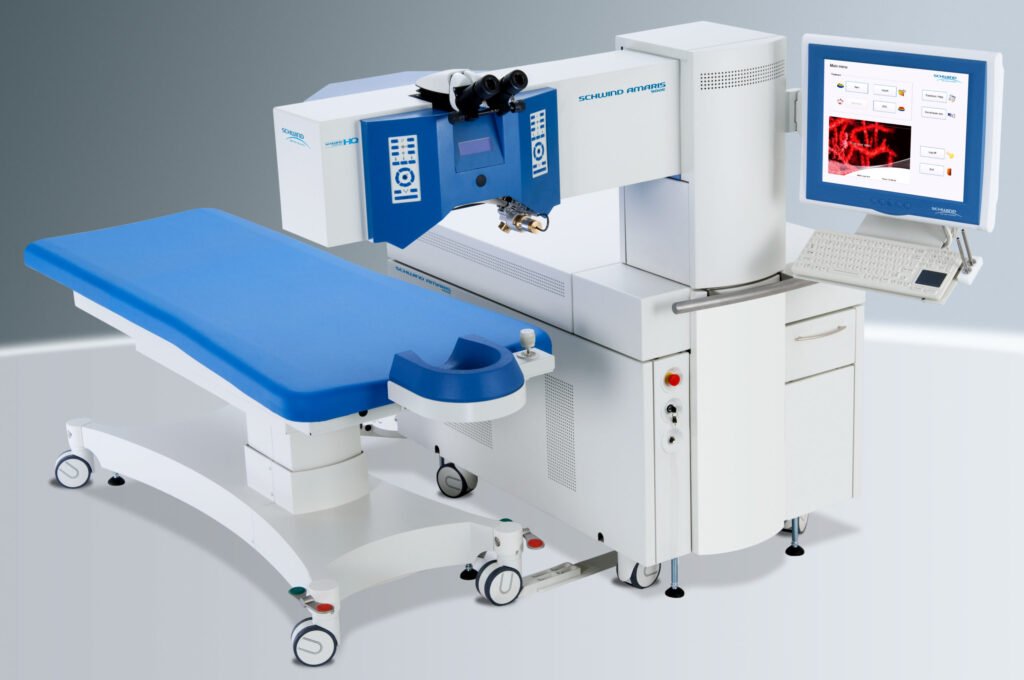Our Procedures
Key Considerations for Choosing Your Vision Correction Procedure
1. Eye Examination and Assessment
- The first and most crucial step is a thorough eye examination by an experienced eye specialist.
- Your eye specialist will assess your eye health, corneal thickness, and the type and degree of refractive error you have (myopia, hyperopia, astigmatism).
- Based on this assessment, they will determine which procedure(s) you are eligible for.
2. Corneal Thickness and Suitability : Corneal thickness plays a significant role in the choice of procedure
- LASIK typically requires a thicker cornea to create a corneal flap.
- PRK may be suitable for individuals with thinner corneas.
- C3R is an option for those with thin corneas and those at risk of corneal disorders.
3. Visual Recovery Time and Lifestyle: Consider your lifestyle and the importance of rapid visual recovery
- LASIK often offers quicker visual improvement within hours to a few days.
- PRK has a slower recovery, with clearer vision gradually returning over several days to weeks.
- C3R provides visual improvement similar to LASIK.
4. Long-Term Corneal Health and Discomfort: Assess your tolerance for post-operative discomfort and the potential long-term impact on corneal health
- LASIK and PRK have different levels of discomfort and long-term corneal health impact, with LASIK generally having a lower long-term impact.
- C3R enhances long-term corneal health by combining vision correction with corneal strengthening.
5. Personalized Recommendation and Consultation
- Consult with an experienced eye specialist who can provide personalized recommendations based on your specific eye condition, lifestyle, and preferences.
- Discuss the potential risks, benefits, and expected outcomes of each procedure.
- Ask questions and seek clarification to ensure you have a clear understanding of the procedure and what to expect.
Ultimately, the best choice among LASIK, PRK, and C3R will depend on your individual circumstances. Consulting with an eye specialist and carefully considering these points will help you make an informed decision that aligns with your vision goals and eye health.




